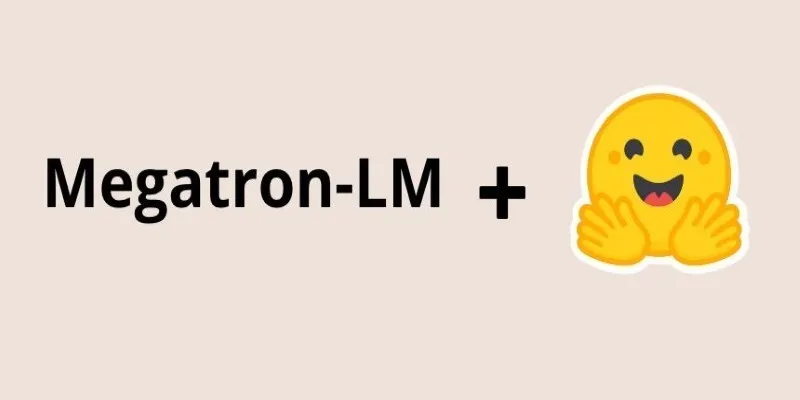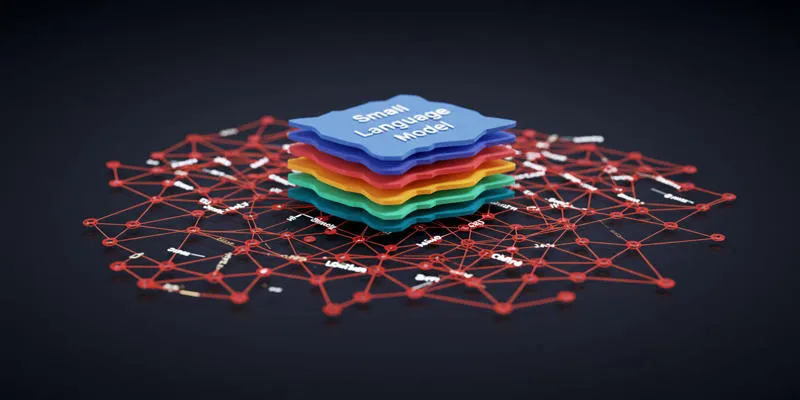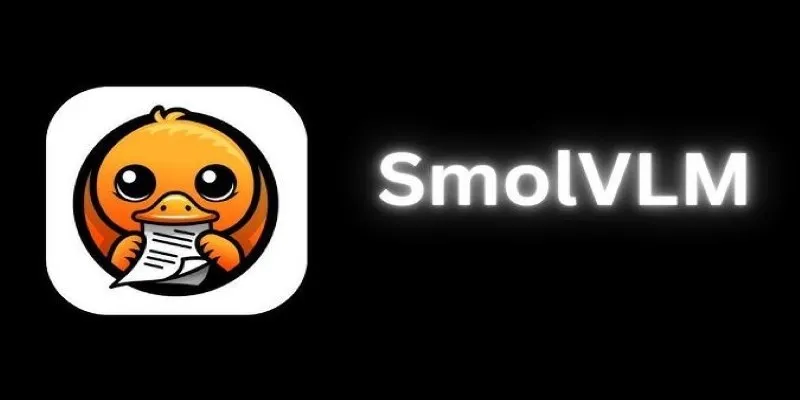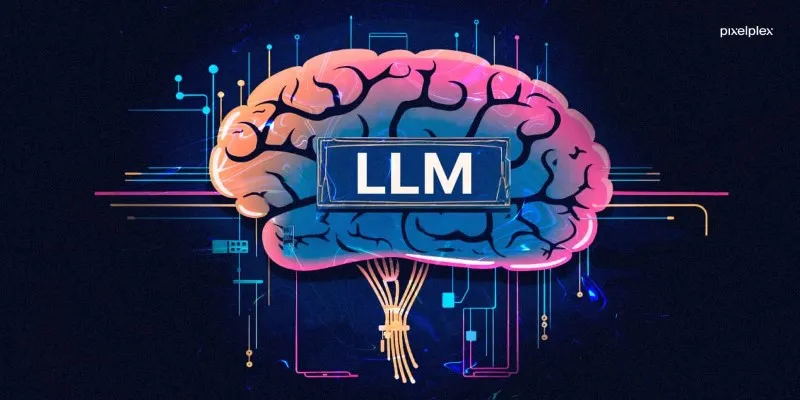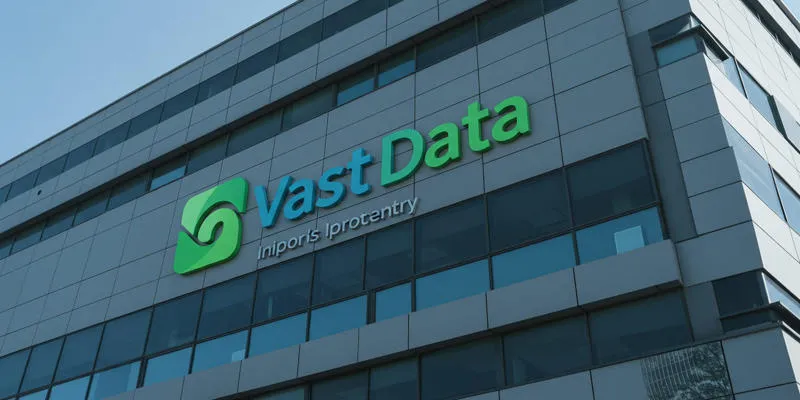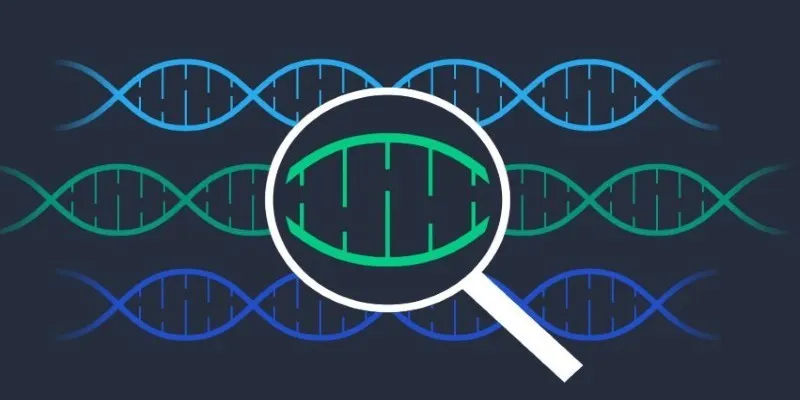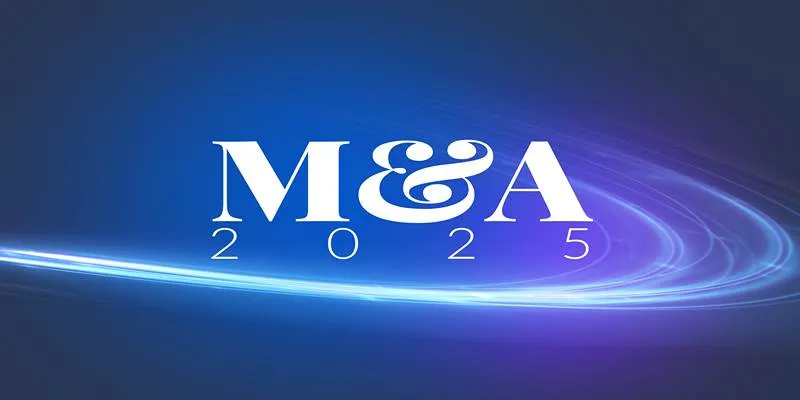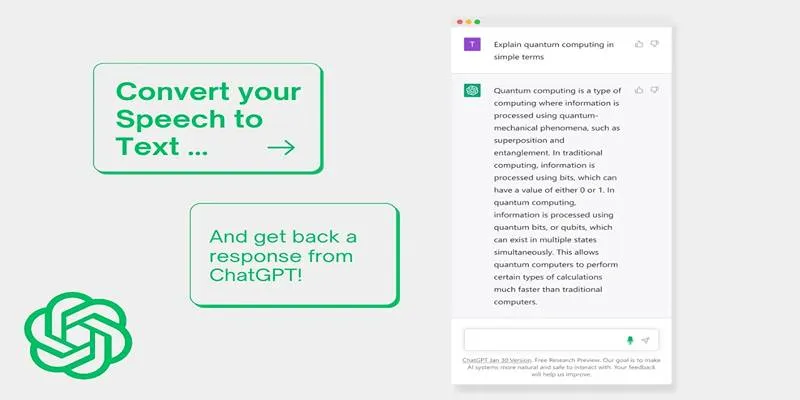Language models have significantly evolved, yet many remain limited in scope and reach, often catering primarily to English speakers. Enter BLOOM, a game-changing multilingual language model. Developed by an international network of researchers, BLOOM (BigScience Large Open-Science Open-Access Multilingual Language Model) is the largest open, multilingual language model in the world. It’s not only free and transparent but also supports over 40 languages, marking a shift towards more inclusive and accessible AI.
What is BLOOM, and How Was It Built?
BLOOM was born from the BigScience workshop, spearheaded by Hugging Face and supported by a global community of researchers. Utilizing 384 GPUs, it was trained over several months on 1.6 terabytes of text, encompassing 46 natural languages and 13 programming languages. With 176 billion parameters, BLOOM rivals models like GPT-3 but follows a distinct path.
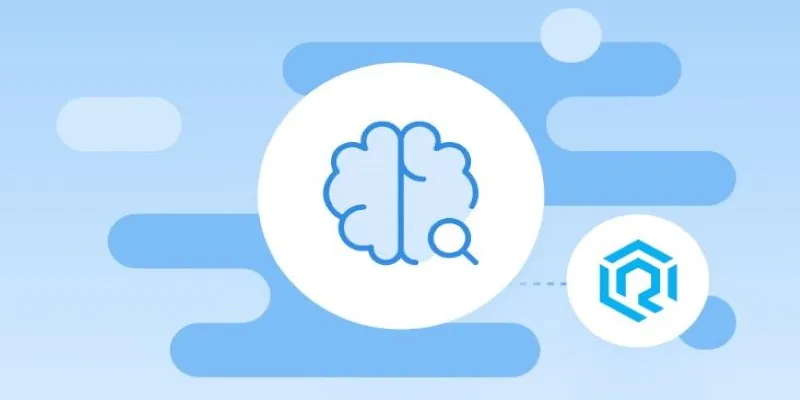
Unlike proprietary models, BLOOM emerged through an open, community-driven process. Every aspect, from dataset selection to ethical considerations, was openly discussed and documented. Licensed under the Responsible AI License (RAIL), it promotes open research while restricting harmful uses. This transparency builds trust and invites others to audit or enhance the model, a rarity in large-scale AI initiatives.
Understanding BLOOM’s Impact on Multilingual AI
AI models often excel in English, leaving non-English speakers with inferior results, thus perpetuating technological inequalities. BLOOM tackles this by embedding linguistic diversity at its core. By prioritizing a wide array of languages from the outset, it provides communities with limited local language content or ineffective translation tools with more accurate and culturally relevant AI solutions.
Instead of adapting English models to support other languages, BLOOM treats all included languages with equal importance. This approach reduces cultural bias and broadens the model’s linguistic and cultural scope. Consequently, developers and researchers in non-English-speaking regions can now create tools and applications in their native languages without resorting to inefficient methods.
The Open Science Behind BLOOM
BLOOM distinguishes itself not only by its capabilities but also by its creation process, rooted in open science principles. The data sources were publicly available, design decisions transparent, and the project welcomed external contributions. The BLOOM team openly shared training details to foster transparency and replication.

The dataset, sourced from diverse public texts like books and websites, was carefully filtered to minimize harmful content. Although complete neutrality is unattainable, transparency about choices and constraints allows users to better understand the model’s strengths and limitations.
By addressing ethical issues directly, BLOOM developed usage guidelines and conducted harm assessment tests. The RAIL license balances research freedom with restrictions against harmful applications, contrasting sharply with the secrecy typical of many commercial models. BLOOM’s public development invites greater collaboration, accountability, and critical scrutiny, often absent in AI development.
What’s Next for BLOOM and Multilingual AI?
BLOOM is merely a starting point. Its open nature allows further refinement for specific languages, local contexts, or research purposes. Despite challenges like the immense computational power required and the scarcity of high-quality data for some languages, BLOOM sets a benchmark for openness, ethics, and inclusivity.
Its existence encourages efforts to involve more voices in AI design and training processes. By sharing its processes and results, BLOOM inspires responsible development across the AI landscape. Developers are already building upon it, exploring new applications, and deploying it in contexts underserved by existing AI tools. This ripple effect could be BLOOM’s most enduring legacy.
Conclusion
BLOOM is not just another large language model; it represents a new way of approaching AI. Crafted by a global community, designed with transparency, and committed to linguistic inclusivity, it challenges AI industry norms. BLOOM empowers developers and researchers with a tool they can trust and understand, demonstrating that large scale and openness can coexist. By embracing more languages and diverse voices, BLOOM paves the way for a more connected future in multilingual AI.
 zfn9
zfn9

